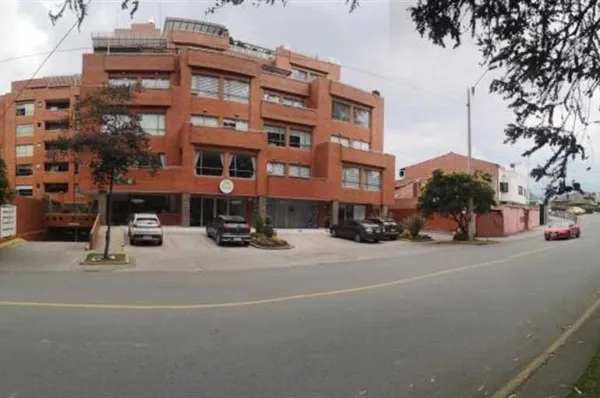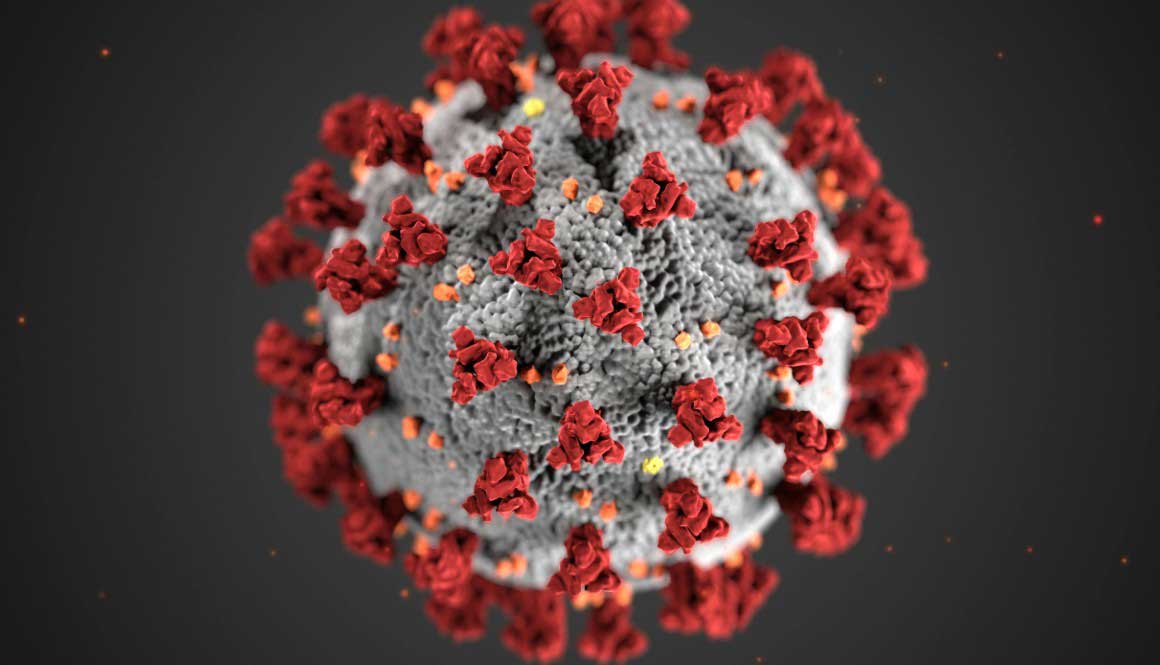Coca, no cola: The leaf that energizes the Andes
Editor’s note: This is a first of a series of articles about exploring Latin America.
By R.S. Gompertz
Coca leaf was the original special ingredient in America’s now favorite soft drink. The “intellectual beverage” was advertised to be a “valuable brain tonic and cure all for nervous affections.”
The leaf was eventually made illegal but that didn’t stop refined cocaine from becoming the marching powder that fueled many creative outbursts, nervous affections and heart attacks during the 1970’s.

A basket of coca leaves in Cusco, Peru comes with an enigmatic message.
Given Coca’s wicked mystique, I was a bit surprised to find leaves everywhere I went in the Peruvian Andes. Many fine hotels and cheap AirBnB’s had a bowl of dry leaves available for the chewing. Dollar bags of the Amazon’s finest were on sale in the open air markets and Stash-style boxes of tea-bags lined store shelves like little legions of Amazon soldiers.
Drinking Coca tea, or chewing a wad of leaves is a daily habit for many Peruvians and Bolivians, as well as some high-altitude Ecuadorians, and a recommended cure for altitude sickness, improved digestion, and the general well-being of tourists.
Coca is woven into the colorful ceremonial and social fabric of the Andes. The ancient Inca’s used Coca as anesthetic and sacrament. Their modern descendants share it socially. I saw an old man on Lake Titicaca’s Taquile Island hand a few leaves in friendly greeting to another fellow.
Coca’s been around since before forever and seems pretty benign in its leafy form. A steaming mug of Maté Coca delivers less pickup (and less stomach acid) than a shot of Espresso. Chewing a cheek full of the magic plant delivers less buzz than a chaw of Skol tobacco.

The coca museum in Cusco.
Lots of touristy Coca candy products are for sale in the Andes, but these are probably as homeopathic as a wintergreen “Lifesaver.”
I don’t know if it helped me produce the extra red blood cells needed at high altitude, but a mug of Maté Coca in the morning helped tame my addiction to caffeine. It actually seems less addictive. I wasn’t waking up Jonesing for a jolt and experienced no headaches and less stomach acid, all of which the locals claim as side benefits of the wonderleaf.
Drinking Coca tea or chewing a few leaves certainly won’t turn anyone into Scarface.
So why isn’t it legal? The obvious reason is because refining these leaves can produce the deadly white powder that gave us so much great rock and roll. But it probably takes ten kilos of leaves to produce a half-gram of powder so the economics of making cocaine from legalized teabags makes less sense than making meth from cough syrup. The real reason is that mild and homeopathic Coca leaf is a casualty of the U.S.-decreed “War on Drugs” which is probably a bigger business than the drugs themselves.
By the way, coca is available at several mercados in Cuenca in both leaves and tea bags. At the 10 de Agosto mercado on Calle Larga, it’s on the medicinal plant aisle on the second floor.















